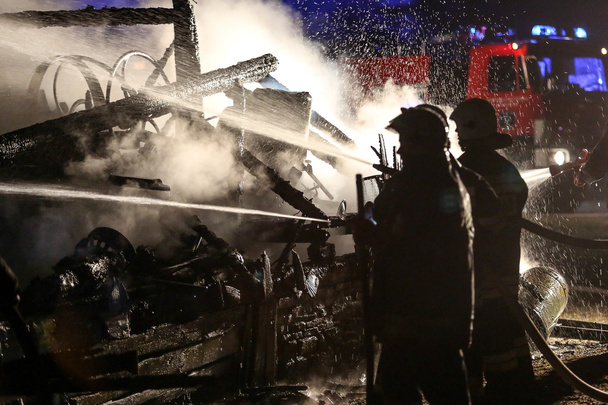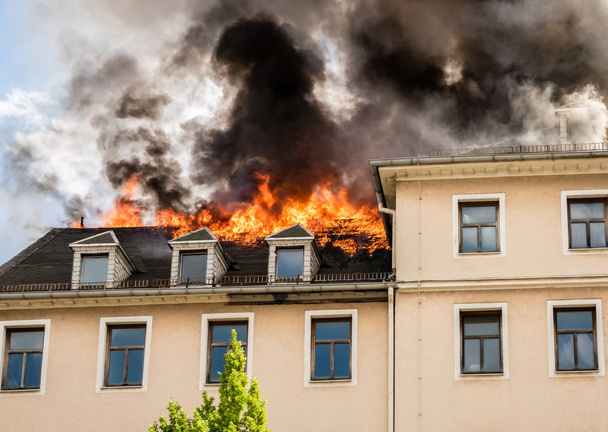When a devastating fire strikes, it leaves behind a trail of destruction, engulfing homes, businesses, and lives. The aftermath of a fire is a daunting task to face, but amidst the ashes and despair, there is hope. Fire damage cleanup is a crucial process that aims to restore normalcy and rebuild lives.

In this article, we will explore the importance of fire damage cleanup, the steps involved, and the professionals who help in this challenging journey.
- Understanding the Devastation of Fire:
Fires are indiscriminate and can cause extensive damage within a short span. From structural destruction to smoke damage, fires leave a lasting impact on a property. The severity of fire damage depends on various factors, including the intensity of the blaze, the duration before it was extinguished, and the materials involved. It is essential to comprehend the complex nature of fire damage to better appreciate the significance of cleanup and restoration efforts.
- The Importance of Fire Damage Cleanup:
Fire damage cleanup is not just about removing debris; it is about providing a fresh start for those affected. It plays a vital role in ensuring the safety, health, and well-being of the occupants. Prompt cleanup minimizes further damage and prevents secondary issues such as mold growth or structural deterioration. It also helps salvage valuable belongings and sentimental items that hold immense emotional value. By engaging in the cleanup process, individuals and communities can regain a sense of control and move forward with their lives.
- The Steps Involved in Fire Damage Cleanup:
a) Safety Assessment and Securing the Site: The first step in fire damage cleanup is to assess the safety of the property. Professionals evaluate the structural integrity, electrical systems, and potential hazards. They secure the site to prevent unauthorized access and mitigate any further risks.
b) Water Removal and Drying: Fires often result in water damage due to firefighting efforts. Specialists employ industrial-grade equipment to extract water and thoroughly dry the affected areas. This step prevents moisture-related issues like mold growth and structural weakening.
c) Debris Removal and Cleaning: The next phase involves the removal of debris, charred materials, and damaged items. Professionals utilize proper disposal methods to ensure safety and compliance. Thorough cleaning is performed to eliminate soot, smoke residue, and lingering odors.
d) Smoke and Odor Removal: Smoke can permeate every nook and cranny, leaving behind a pungent odor. Fire damage cleanup includes employing specialized techniques, such as thermal fogging or ozone treatments, to eliminate smoke particles and neutralize odors effectively.
e) Structural Assessment and Reconstruction: Experts inspect the structural integrity of the property and identify areas that require repair or reconstruction. They collaborate with architects, engineers, and contractors to restore the building to its pre-fire condition.
f) Content Cleaning and Restoration: Fire damage doesn’t just affect the structure; it also impacts personal belongings. Professional restoration companies employ advanced techniques like ultrasonic cleaning or dry cleaning to salvage and restore items damaged by smoke, soot, or water.
g) Air Quality Testing and Remediation: Fire releases harmful substances into the air, including volatile organic compounds (VOCs) and particulate matter. Air quality testing helps identify any lingering contaminants. If necessary, specialists perform remediation procedures to ensure a safe and healthy environment.

- The Role of Professionals in Fire Damage Cleanup:
Fire damage cleanup is a complex process that requires expertise and experience. Professional restoration companies employ skilled technicians who are trained in fire damage restoration. These professionals have the knowledge, equipment, and resources to efficiently handle the challenges posed by fire and its aftermath. Their compassionate approach ensures that the emotional and physical needs of the affected individuals are addressed throughout the cleanup and restoration process.
Learn more at Wiki as well.

